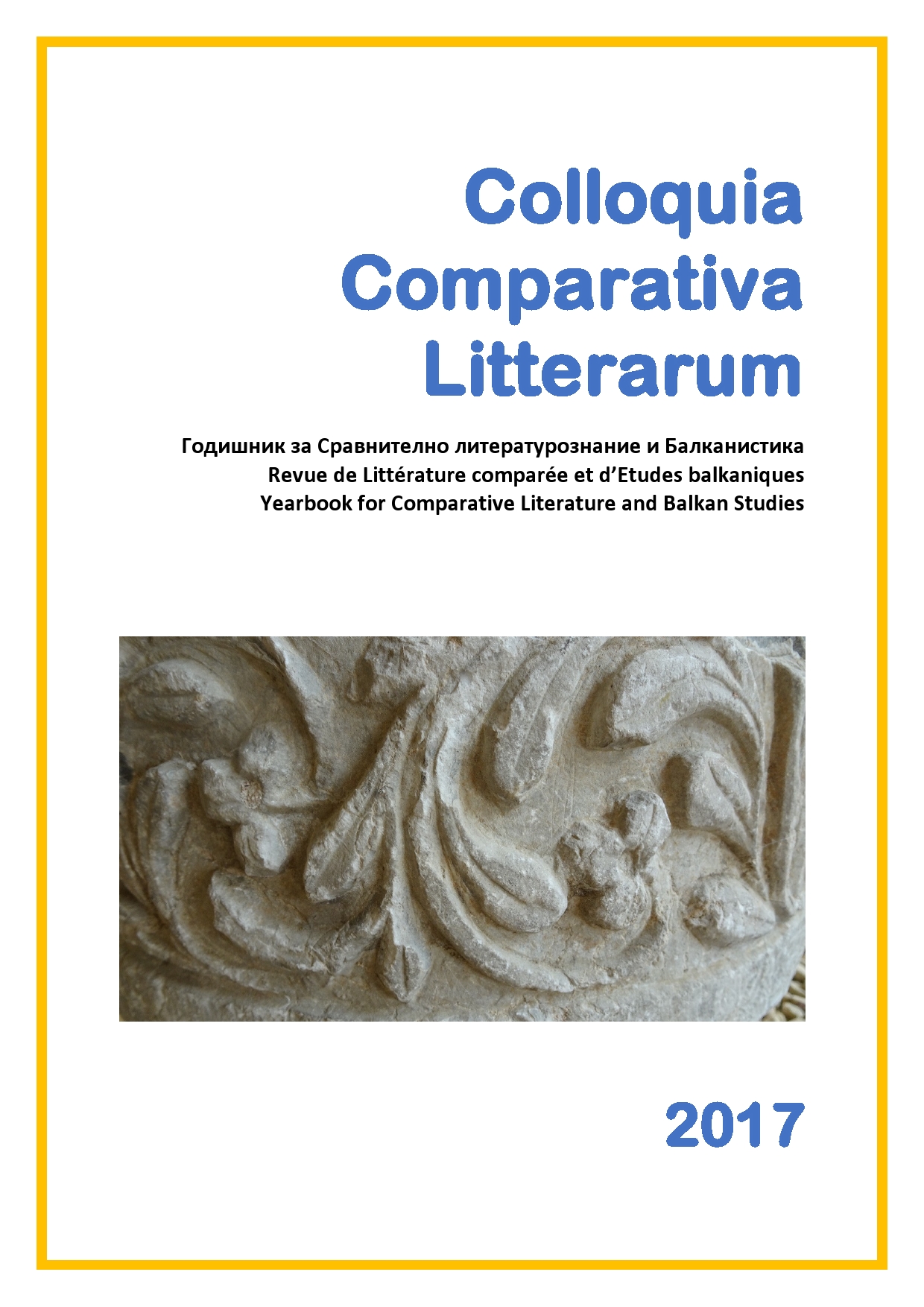С мисията на посредник – южнославянската идея (1904-1912) в изкуството на българския художник Харалампи Тачев
Carrying out a Mediator’s Mission: The South Slavic Concept (1904-1912) in the Works of Bulgarian Artist Haralampy Tachev
Author(s): Milena GeorgievaSubject(s): Fine Arts / Performing Arts, Visual Arts
Published by: Софийски университет »Св. Климент Охридски«
Keywords: Haralampy Tachev; South Slavic idea; modernism; decorative arts; Art Nouveau/Secession; Bulgarian style
Summary/Abstract: Haralampy Tachev is the most typical representative of the early Secession in Bulgaria. His work is extremely diverse: from the decorative arts to the founding of the first artistic association in Bulgaria – Contemporary Art (1903); from painting and book design to the layout of exhibition pavillions and monumental buildings. As a proponent of South Slavic cultural communication, Tachev was elected First Secretary of the Lada International Union of South Slavic Artists (1904-1912). This paper presents his work as a tenacious promoter and curator of exhibitions in the South Slavic capitals Sofia, Belgrade and Zagreb, as well as his participation in conferences, meetings and contacts with artists. It also analyses his artistic creativity on South Slavic themes. Special emphasis is laid on his contribution to the first major cultural events in Sofia: the founding of the Lada Union (1904), the second South Slavic Exhibition (1906) and the Slavic Festival (1910). When regarding Haralampy Tachev as a cultural mediator, we should always keep in mind the dual side of his creative nature: Bulgarian and European. In a time of emerging Balkan nationalist spirits, this task was paramount not only for Bulgaria but also for its neighbouring countries. The same applies to the work of Tachev’s counterparts: Dragutin Inkiostri in Serbia, Petar Poček in Montenegro, and Tomislav Krizman in Croatia. Furthermore, this paper analyses the artistic language and poetics of Tachev’s works, which were inspired by the South Slavic ideology that was popular at that time. Considered advanced and timely by its supporters among the Balkan intellectuals, this ideology is accepted as European in the sense that it embodies cultural reciprocity, understanding and tolerance, and that it underlines common points in the cultural history of the young South Slavic nations, despite the political confrontation of their national political agendas. Haralampy Tachev “dressed up” the South Slavic idea using the visual achievements of the Art Nouveau/Secession style, while seeking specific national intonations. The artist acted therefore as mediator on many levels: logistically, ideologically, stylistically. The “Bulgarian style”, as a local version of Secession, reinforced the concept of statehood through newly developed visual codes depending on political and ideological priorities. These codes were meant to demonstrate the idea of national identity. In 1910, on the occasion of the Slavic Festival in Sofia, Tachev designed a postcard celebrating the idea of “the unity of all Slavic nations”. In it, we see, framed in ornaments inspired by medieval Bulgarian manuscripts, images of South Slavic rulers with the Russian Emperor as their patron. One could call this the Golden Age of the “Bulgarian style”, which increasingly explored and borrowed from the rich pre-academic art systems of South Slavic folklore, crafts, and Christian art. The vocabulary of this new artistic language was ancient, but the syntax followed the rules of the Secession style. For the cover of the Slavic Anthology of poetry, Tachev returned to a more universal Secession style because of the neutrality of this field. This paper is based on a plethora of documents about the Lada Union preserved almost entirely in Bulgaria, as well as on Tachev’s personal archives. Although the Bulgarian section of Lada left the union in protest against the Second Balkan War in 1913, Tachev continued his work with the Slavic societies in Sofia, remaining faithful to the idea for equal cultural communication between all Slavic countries.
Journal: Colloquia Comparativa Litterarum
- Issue Year: 2017
- Issue No: 1
- Page Range: 50-69
- Page Count: 20
- Language: Bulgarian

